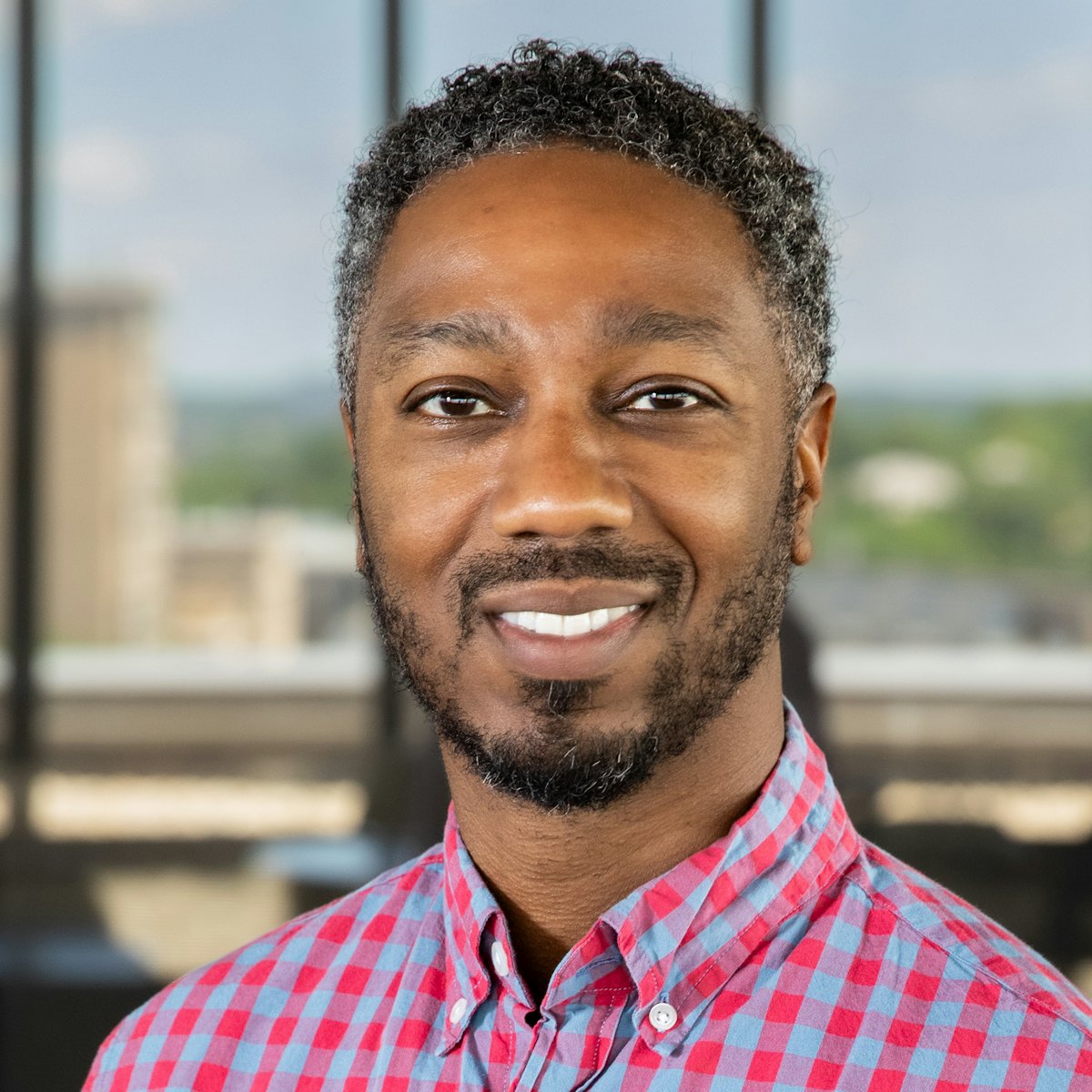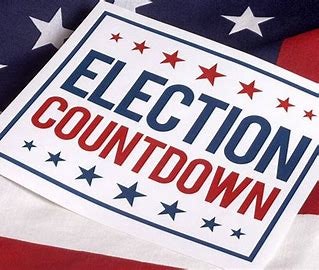Law students entering school in 2023 are the most racially diverse group yet, continuing a multi-year trend.
 Jermaine Cruz
Jermaine Cruz
While diversity in law schools continues to grow, it has failed to keep pace with demographic representation within the U.S. population. Over the last three years, Black law school applicants have made up roughly 7.8% of all applicants, and, according to the American Bar Association, Black lawyers only make up 5% of all practitioners. Latinx law school applicants made up 9.4% of applicants in 2023, and only 5% of all lawyers in the country.
“Lack of diversity in the legal profession can mean that important needs and perspectives are not adequately reflected in decisions that shape the economy or socioeconomic opportunity,” says Krinsky. “Studies show that criminal defendants often see more negative outcomes if they do not have access to legal representation with whom they feel a connection. And lack of diversity in the legal profession can have a negative impact on individuals seeing law as a career option, which only exacerbates the ongoing lack of diversity.”
In April 2024, researchers Richard R. W. Brooks, a professor at New York University Law School, Kyle Rozema, a professor at Northwestern University Pritzker School of Law, and Sarath Sanga, a professor at Yale Law School, released a study that examined the law school enrollment impact of statewide bans on the use of race in admissions. Looking at law school enrollments since 1980, the team found that, at the 22 law schools within the 12 states that had banned affirmative action, racial diversity was decreased by 20%, and the majority of those impacted were Black and Latinx students.
“The impact is immediate and persists for at least a decade after the ban is adopted,” wrote Brooks, Rozema, and Sanga. “The effects are larger when the ban is passed directly by voters as a ballot measure, and they are larger at highly selective law schools. At top-20 law schools, minority shares decrease by 35%, compared to 15% at other law schools.”
However, despite this finding, Brooks, Rozema, and Sanga believe that the U.S. Supreme Court’s nationwide expansion of an affirmative action ban might not directly translate into an immediate diversity disaster, as they posit some less selective schools would be able to benefit by taking in students who had been excluded by the ban. They also add it will depend on how schools are able to consider a student’s race should it be mentioned in personal statements.
One fear about the nationwide ban, that it would produce a chilling effect on law school applicants of color, has not come to fruition, says Krinsky, adding that the 2024 application season “is running about one percentage point higher in terms of applicants of color than last year’s applicant pool at the same time in the cycle.”
But, Krinsky adds, the ban is likely to slow the progress that’s been made.
 Susan L. Krinsky
Susan L. Krinsky
While the full make-up of the entering class of 2024 has yet to be decided, Krinsky and others agree that institutions need to take lessons now from those who already confronted statewide affirmative action bans. Institutions need to think about when, how, and where students are recruited, make their dedication toward diversity, equity, and inclusion (DEI) as clear as they can while following legal guidelines within their state, and address the barriers confronting students of color, in particular the prohibitive cost of a legal education, ensuring students know their options for scholarships and debt relief.
“Each school is different, but we know that schools have worked hard to expand outreach to students from underrepresented communities, strengthen pathway programs, and ensure that their holistic admission programs were considering every aspect of the applicant journey,” says Krinsky.
In Washington state, voters passed an affirmative action ban in 1998. When the following year saw a tremendous decline in racial diversity, the then-president of the University of Washington (UW) signed a pledge that would build more outreach and recruitment through partnerships and scholarship funds that directly supported underrepresented students.
In California, where affirmative action has been banned since 1996, the state university system (UC) began to focus on increasing socioeconomic diversity, introducing policies that connected more directly with low-income students and those from lower-performing schools. They expanded automatic admission to the top 4% of all graduates from California’s high schools, and many institutions — including UC Berkeley, UCLA, UC San Diego, and UC Irvine — decided to evaluate students holistically based on their non-academic achievements.
“The idea of a holistic approach to law school admissions has always existed for most law schools. Even though we saw [an applicant’s] race, it wasn’t what we based decisions off of,” says Jermaine Cruz, assistant dean for diversity and inclusion at Albany Law School in New York. “The responsibility of law school admissions professionals is to build a well-rounded, diverse class. We’re thinking about building a law school culture but also a class conversation, what these applicants may have to offer to that conversation, and how their colleagues are learning. Some can be based on race or ethnicity, but it can be other things too, like geography, age, gender, sexual orientation, their place in life, or their career trajectory.”
But these considerations all assume that students of color choose to apply to an education that is often too expensive to realistically consider.
“The reality is, legal education is financially unattainable for a large portion of our students. We’ve created an education system that creates this sort of, one step forward, two steps back way of living,” says Cruz, adding that, unless law students all complete their education and go on to work at large firms on Wall Street, many are overburdened by the amount of student debt they acquired.
While some steps have been taken to lighten the load of student debt, particularly by the Biden administration, Cruz criticizes the communication behind these changes.
“There’s a disconnect with what’s out there to help students and their ability to access it,” says Cruz. “The system is flawed in many ways — there’s no one thing wrong, but a collective of things that just make it so that [law school] doesn’t feel as possible, as attractive, as it used to. It’s become financially burdensome in a way that’s not worth it to some.”
Krinsky agrees, adding that “students of color have faced systemic barriers at every step in the process of considering law school, applying to law school, admission, financial aid, matriculation, completing law school, bar passage, and within the practice of law at every level.”
With all these roadblocks and the now nationwide ban on affirmative action, Cruz says institutions need to be that much more forward and direct as they communicate a sense of belonging to potential applicants.
“I think part of the challenge for the other states and other institutions is going to be how to communicate to the larger public that they are still committed to a diverse law school experience and classes,” says Cruz, adding that it’s important to note that the U.S. Supreme Court’s decision did not ban DEI programs, although some states have enacted those measures themselves.
In 2007, a group of just under 30 law school representatives came together to create a safe and designated space to discuss diversity issues. They created the Annual Meeting of Law School Diversity Professionals (AMDiP), and, since that time, membership and interest has continued to grow. Now close to 200 members strong, the conference is transforming into a country-wide organization, the National Association for Diversity Law School Professionals, which will likely make its official debut sometime later this year, says Cruz. The new organization plans to offer official credentials, teaching law school faculty, staff, and administration best practices for DEI.
“There has been a lack in general of including DEI into the pedagogy of legal education,” says Cruz. “Part of what we’ll be working on as a national association will be making that more available and encouraging faculty members to think about that differently.”
Attracting students of color is just as important as keeping those students, and law school can be a rollercoaster, often exacerbated by issues of race and ethnicity, says Cruz.
“Get the students to understand we take a team approach to make sure they have a positive experience — we pay attention, we get to know our students in ways that make sure students understand the atmosphere they’re walking into,” says Cruz. “We need to make sure the collective message is, ‘Diversity is too important, still impactful, still necessary, and as a law school, these are the ways we promote inclusivity,’ so applicants understand this is important to the institution, and they will have a place there.”
#State #Law #School #Diversity #Wake #Affirmative #Action #Bans










